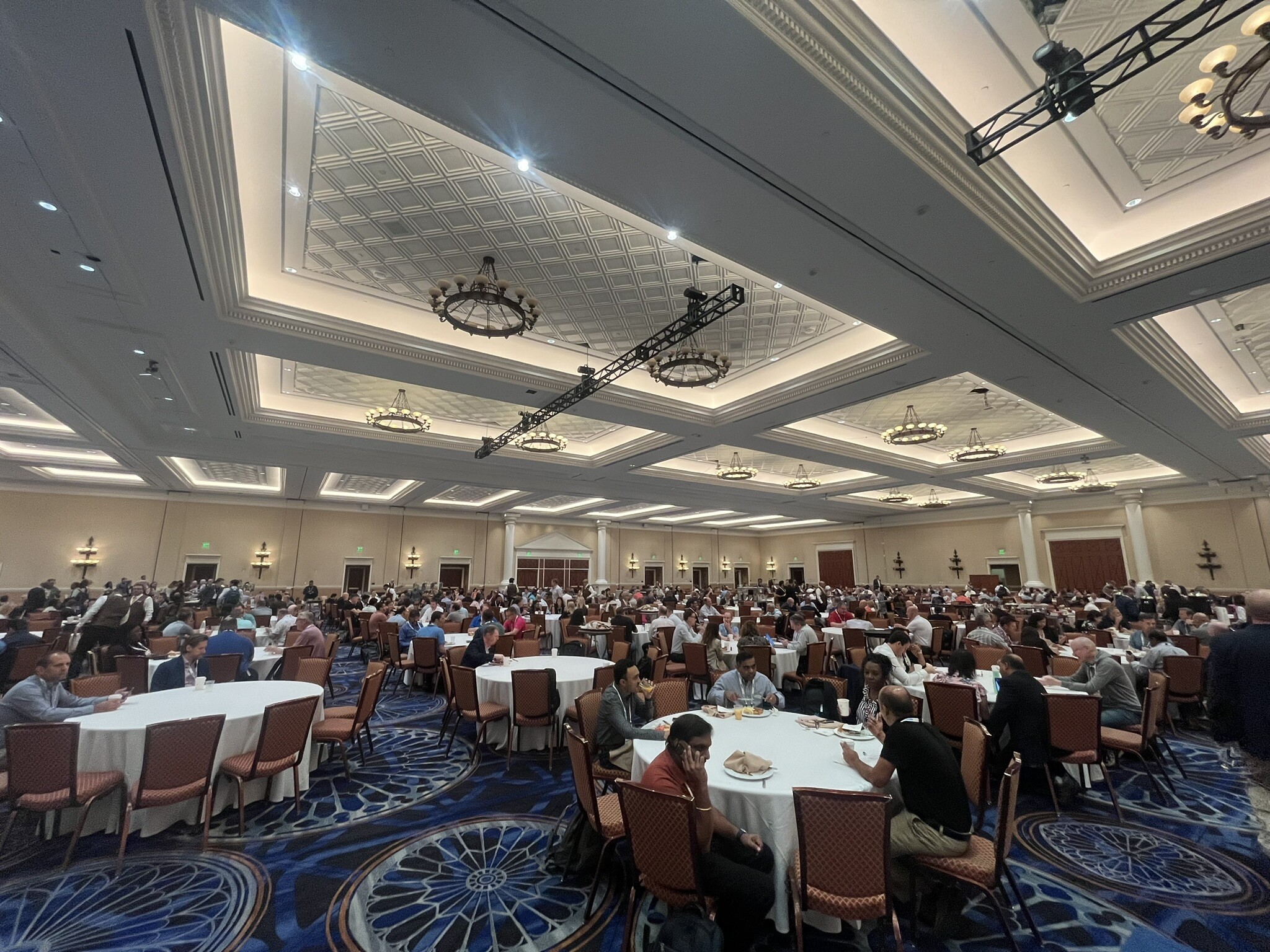Since taking the helm at Twitter, Elon Musk and the social media giant have been in the news incessantly. Some of the issues they face stretch far beyond their offices and even Silicon Valley.
Ever since Elon Musk trapsed into Twitter headquarters with a plumbing fixture on that fateful October day in 2022, he and the social media giant have been synonymous with controversy.
General subsequent doubts about Twitter’s future hit such a fever pitch that #RIPTwitter began trending on the platform itself. Whether an outage, piece of negative press, or platform glitch, nearly every week has seen some sort of bump in the road of leadership transition.
“The moves have exacerbated fears that there are not enough people or institutional knowledge to triage Twitter’s problems, especially if the service one day encounters a problem its remaining workers do not know how to fix,” according to the New York Times. “In the past, Twitter prevented breakages from escalating by having people around to diagnose and solve problems immediately. Now the platform is likely to be plagued by more glitches as workers take longer to pinpoint issues.”
The exact same certainly happened and will happen when it comes to implementing urgent changes and evolution into the code. When technical knowledge is lost, those remaining developers face an onslaught of unknown code, something guaranteed negatively impact the agility of an entire organization.
Speaking to Fast Company, a senior Twitter developer remarked that, “Because the team is so understaffed and a lot of the institutional knowledge has left—involuntarily or otherwise—any new code shipped has the potential to snowball into global outages due to the severe lack of expertise on legacy Twitter systems.”
Musk himself has admitted that the issues the firm faces are formidable, to say the least: “The code base is like a Rube Goldberg machine, and when you zoom in on one part of the Rube Goldberg machine, there’s another Rube Goldberg machine, and then there’s another one…So it’s quite difficult to keep this thing running, and then also difficult to advance the product because it is really overly complex, to say the least.”
A wider tech problem
Twitter’s battle against software complexity and loss of institutional knowledge is something with which all software-intensive companies are grappling, especially in light of the combination of the great attrition and resignation. And it’s only going to get worse. In 2022 there were 1,405 tech layoffs through the first week in December that affected 219,959 people.
 According to MarketWatch, this year is firmly on pace to surpass 2022 for global tech redundancies, with tech companies laying off more than 139,000 employees so far. Amazon alone is planning to lay off another 9,000 as of this writing. This is on top of an industry that has a staggering 57% turnover rate.
According to MarketWatch, this year is firmly on pace to surpass 2022 for global tech redundancies, with tech companies laying off more than 139,000 employees so far. Amazon alone is planning to lay off another 9,000 as of this writing. This is on top of an industry that has a staggering 57% turnover rate.
It's not a stretch to say that thousands of companies are now feeling the hurt when it comes to software-related knowledge loss. Ramp up can take months on end given that many custom-built applications often entail multiple layers, programming languages, frameworks, databases, tens of thousands of objects, and numerous relationships between them. Given that even experienced developers spend as much as half their time researching code rather than maintaining it, it’s a virtual certainty that countless hours will be spent in the coming months and years that will be wholly unproductive from the standpoint of core business objectives.
A better way?
What if there was a way to automatically 'understand' the software inner workings and arm teams and newcomers with interactive blueprints of the applications they maintain—where they can find in minutes the answers they seek, rather than spin their wheels for days trying to figure it out on their own.
With software intelligence, there is. It’s clear that the problems Twitter, Silicon Valley and the tech industry as a whole have with onboarding new talent can at least be partially alleviated with technology that automatically preserves and makes easily accessible this custom-built application knowledge. And to paraphrase William Gibson, the future’s already here—it’s just unevenly distributed. Companies like IT services multi-national Atos Origin have shaved 40% off of software teams’ time spent understanding code using technology that automate the production of software intelligence.
Additionally, one of the world’s largest system integrators, with 90,000 developers, has cut knowledge transfer time by a third and decreased rework and coding effort by nearly half while reducing defect density by more than a fifth using interactive architectural blueprints of applications powered by CAST Imaging.
There may be knock-on effects and broader headwinds in tech that stretch beyond layoffs. But inefficient onboarding and loss of institutional knowledge needn’t compound them. By acting now and leveraging software intelligence technology, digital leaders can increase the efficiency, agency, and satisfaction of their development teams. And in doing so tackle the complexity slowing go-to-market speed.








SHARE